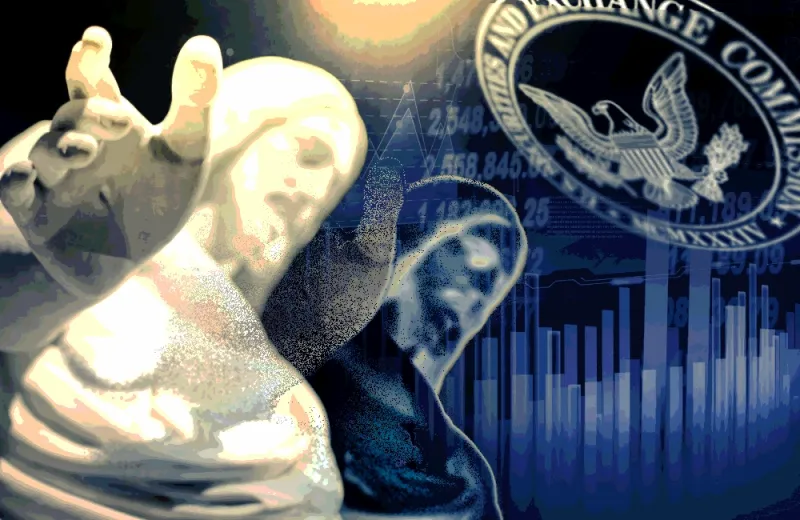The Church of Jesus Christ of Latter-day Saints, together with Ensign Peak Advisors, an entity that manages assets for the church, have settled charges filed by the Securities and Exchange Commission over their efforts to cloud the size of the church’s massive equity portfolio.
Ensign Peak and the church agreed to pay $4 million and $1 million in penalties, respectively, to settle the claims against them, the SEC said in an announcement on Tuesday.
“We allege that the LDS Church’s investment manager, with the church’s knowledge, went to great lengths to avoid disclosing the church’s investments, depriving the commission and the investing public of accurate market information. The requirement to file timely and accurate information on Forms 13F applies to all institutional investment managers, including non-profit and charitable organizations,” Gurbir Grewal, director of the SEC’s division of enforcement at the SEC, said in a statement.
The SEC alleged that from 1997 to 2019, the church and Ensign Peak were worried about any negative consequences of disclosing the size of their equity portfolio, which had grown to $32 billion in 2018. To obfuscate the amount, the SEC said that Ensign Peak created 13 shell companies and filed 13F forms for each of them, rather than for itself. The “Clone LLCs” were controlled by Ensign Peak, which told company business managers, most of whom were employed by the church, to sign regulatory filings, according to the SEC. In 13F filings, the companies, which were located through the U.S., stated that they were solely in charge of investment and voting decisions related to securities.
The Church of Jesus Christ of Latter-day Saints is headquartered in Salt Lake City and has over 16 million members in more than 30,000 congregations across 160 countries.
Ensign Peak, which was created in 1997 and is also headquartered in Salt Lake City, is governed by a board of trustees that includes members of the church’s presiding bishopric and the managing director, who is appointed by the church’s first presidency and reports to the senior leadership of the church, according to an administrative filing by the SEC.
The portfolio managed by Ensign Peak consists of what the church calls “reserve funds,” which include U.S. equity and debt securities purchased with excess tithing, income and returns generated by Ensign Peak, and other church assets. Ensign Peak does not charge the church management fees, and it is exempt from registration as an investment adviser because it is a charitable organization, or one that also solely advises other charitable organizations.
At its inception in 1997, Ensign Peak managed approximately $7 billion of the church’s assets, and a significant percentage of those assets should have been reported, the SEC said. By 2020, the portfolio had grown to $37.8 billion. In 2019, a former employee revealed that the church’s total investment portfolio had grown to more than $100 billion, making it one of the largest institutional investors in the country, according to a 2020 report by the Wall Street Journal.
Section 13(f) and Rule 13f-1 of the Exchange Act require that institutional investment managers file Forms 13F with the SEC on a quarterly basis if they have discretion over $100 million in securities or more.
There are ongoing debates over who should be required to file 13F forms and the utility of the filings. In 2020, the SEC proposed rules that would reduce the number of institutions making 13F disclosures by about 90 percent. A year later, the regulator floated changes that would increase the number of institutions that would have to file the forms.







